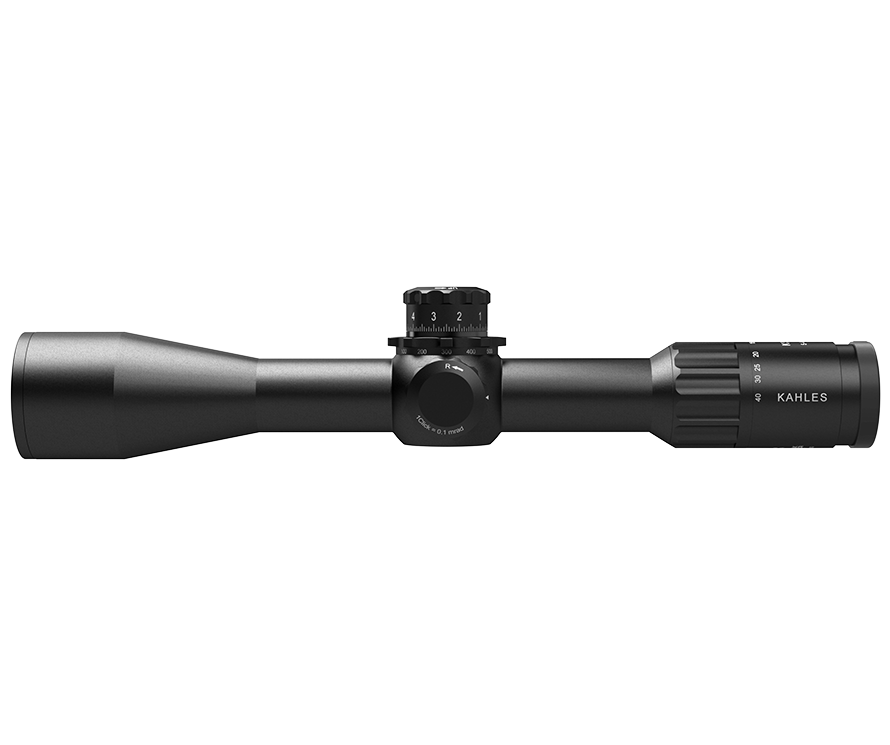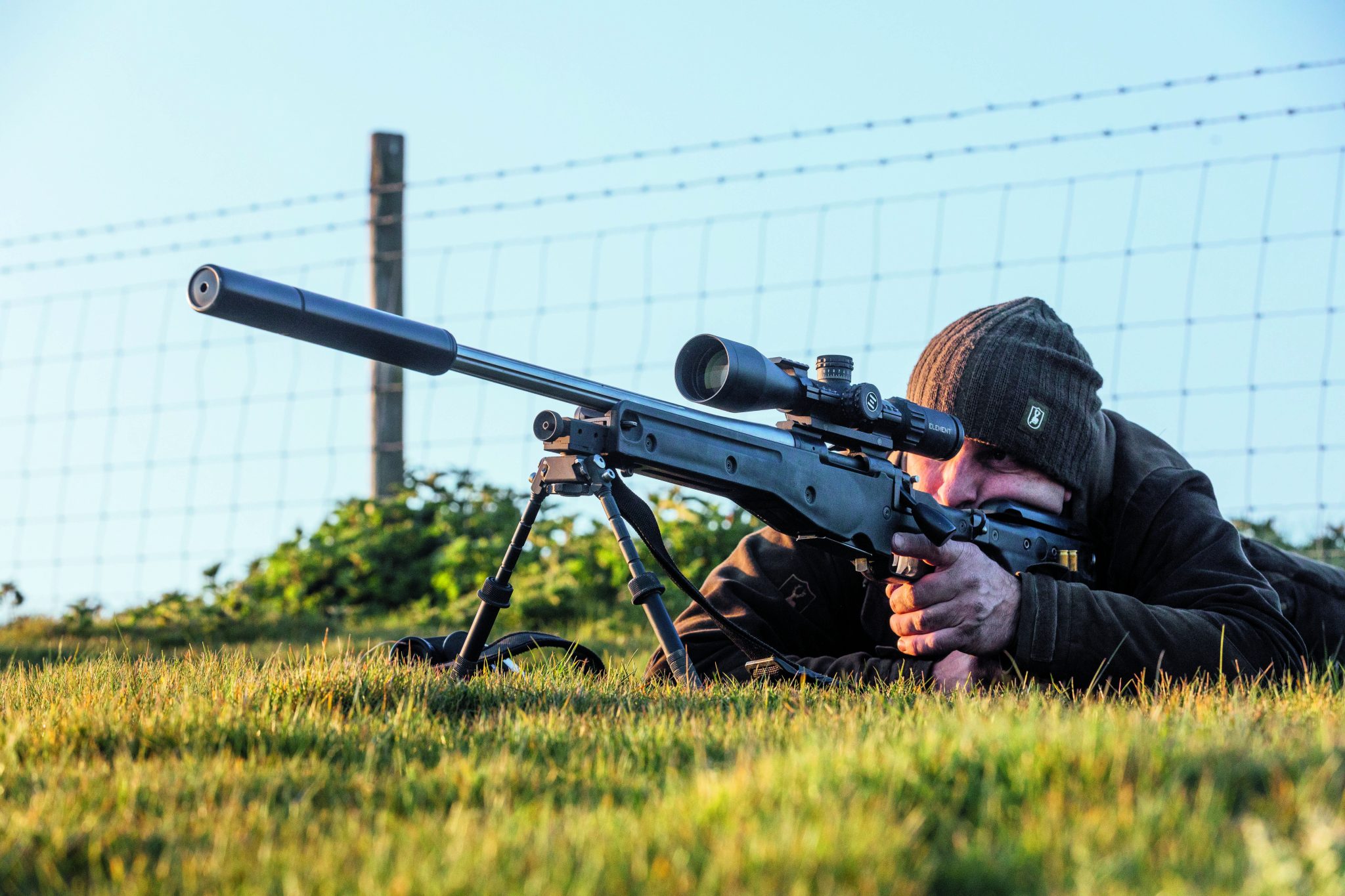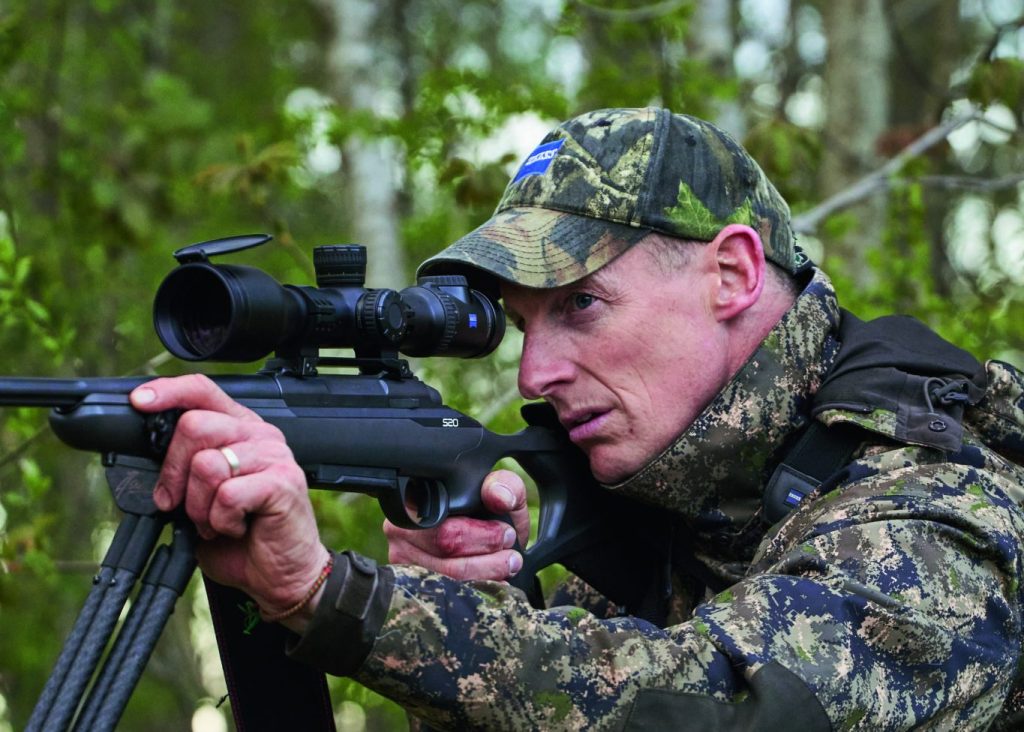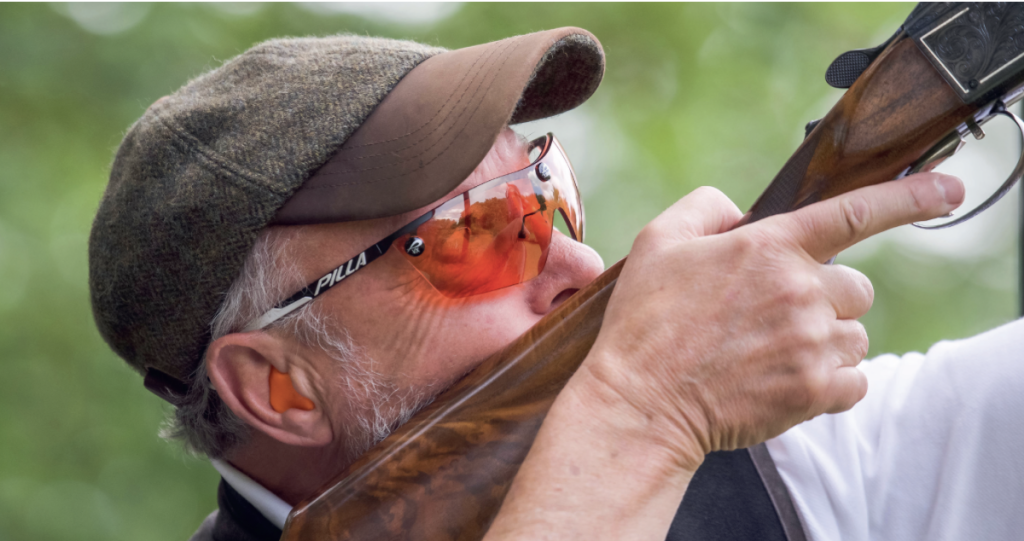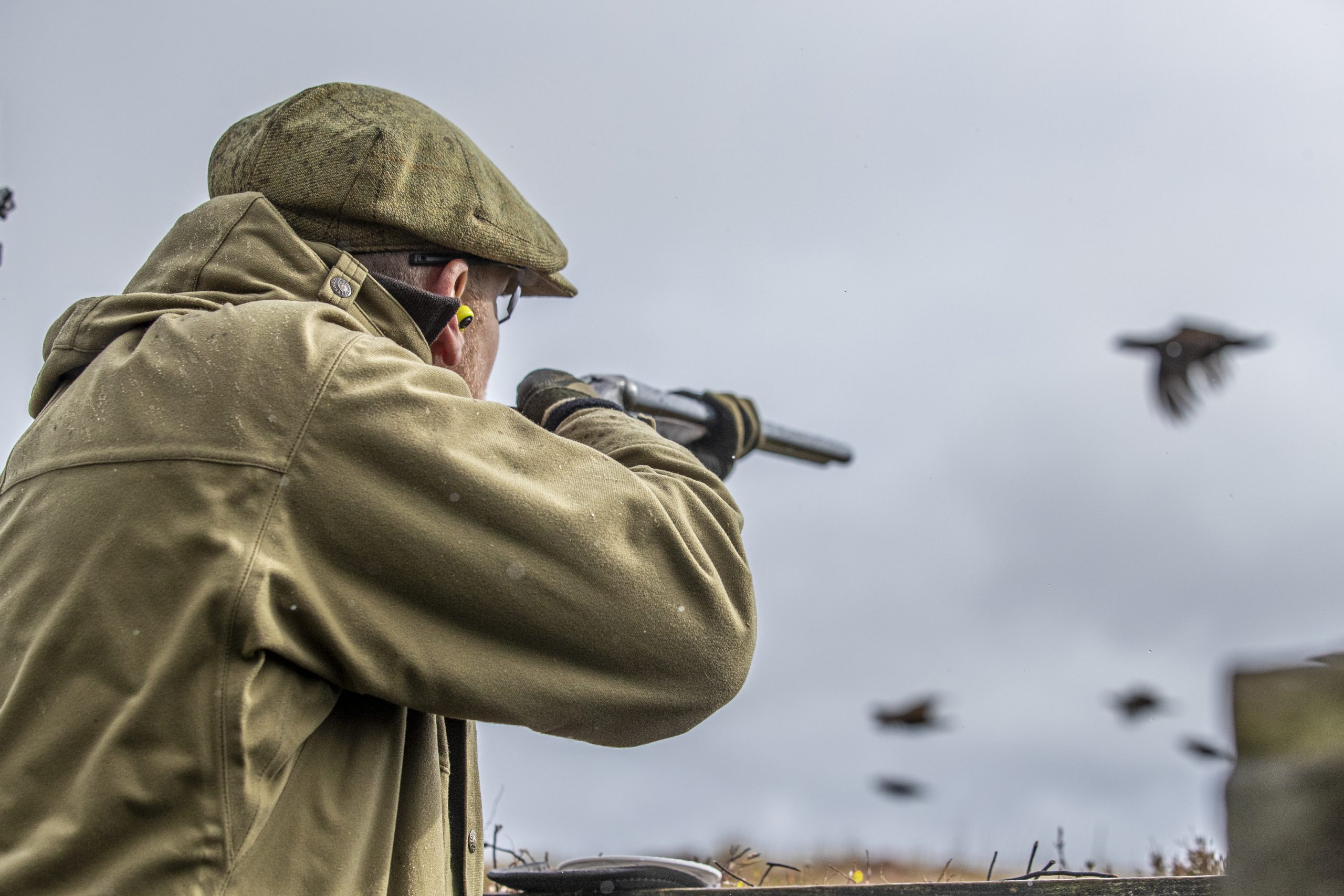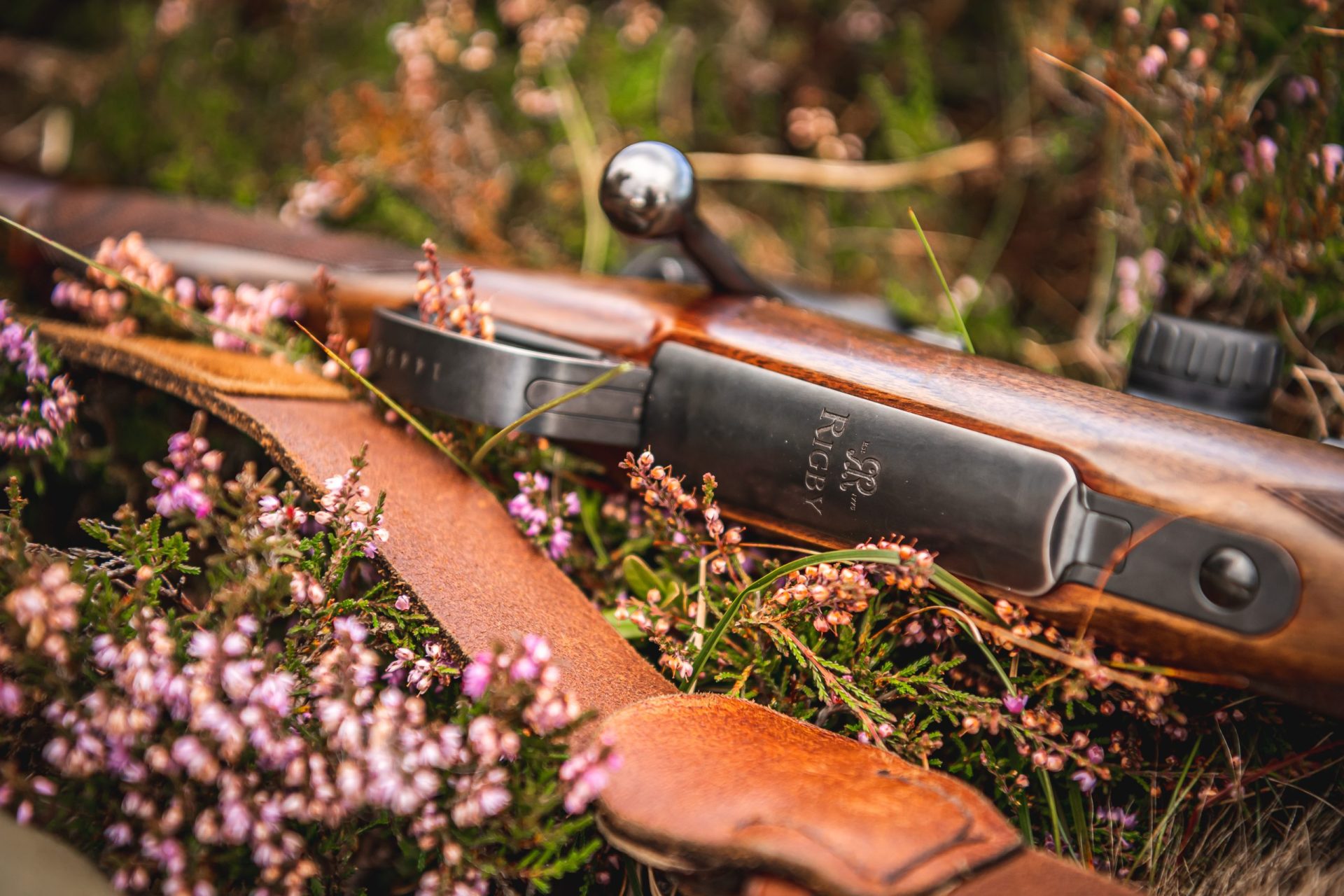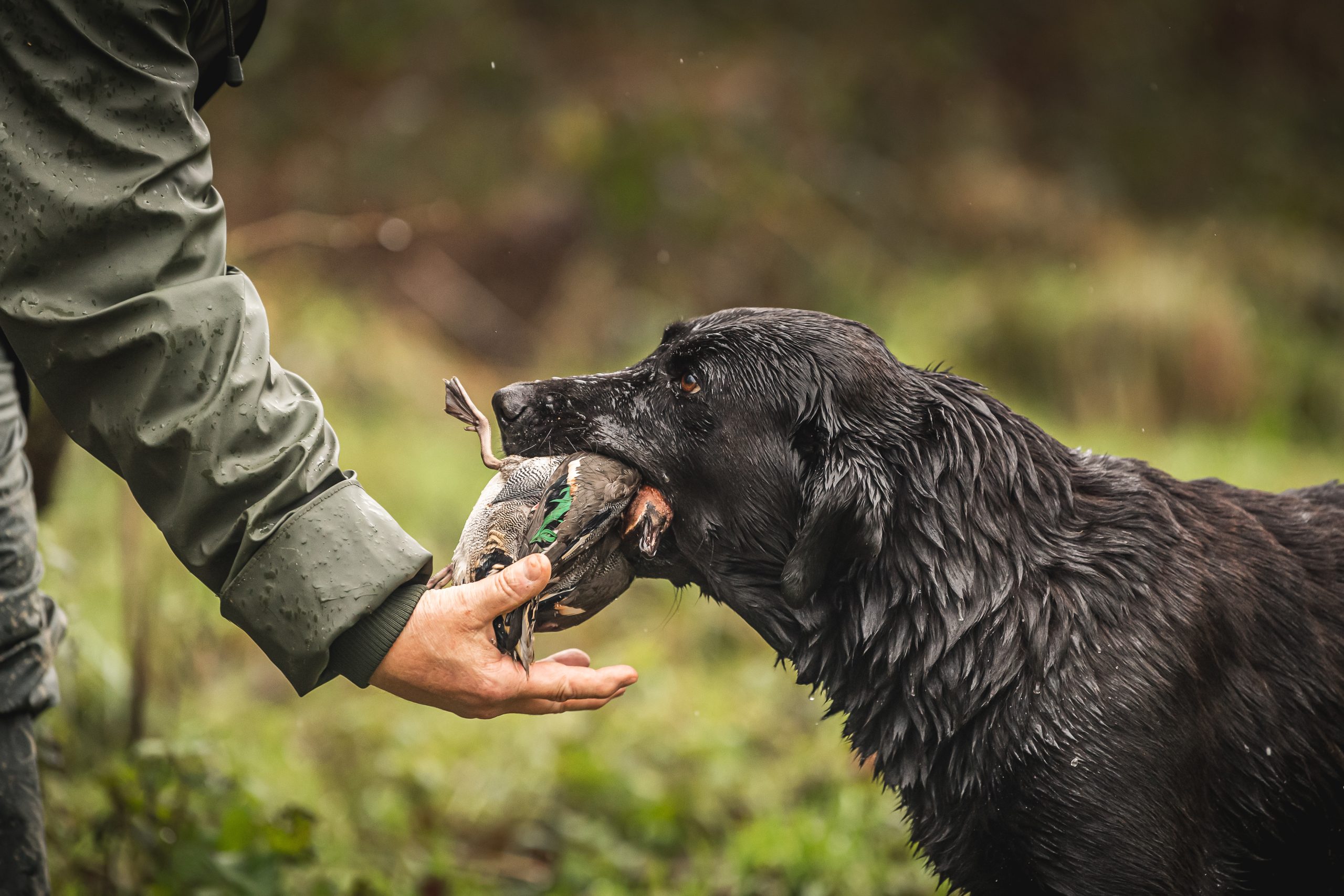Shooting
Grey squirrel cull – what to do when they lose interest in feeders
Would you like to speak to our readers? We offer sponsored articles and advertising to put you in front of our audience. Find out more.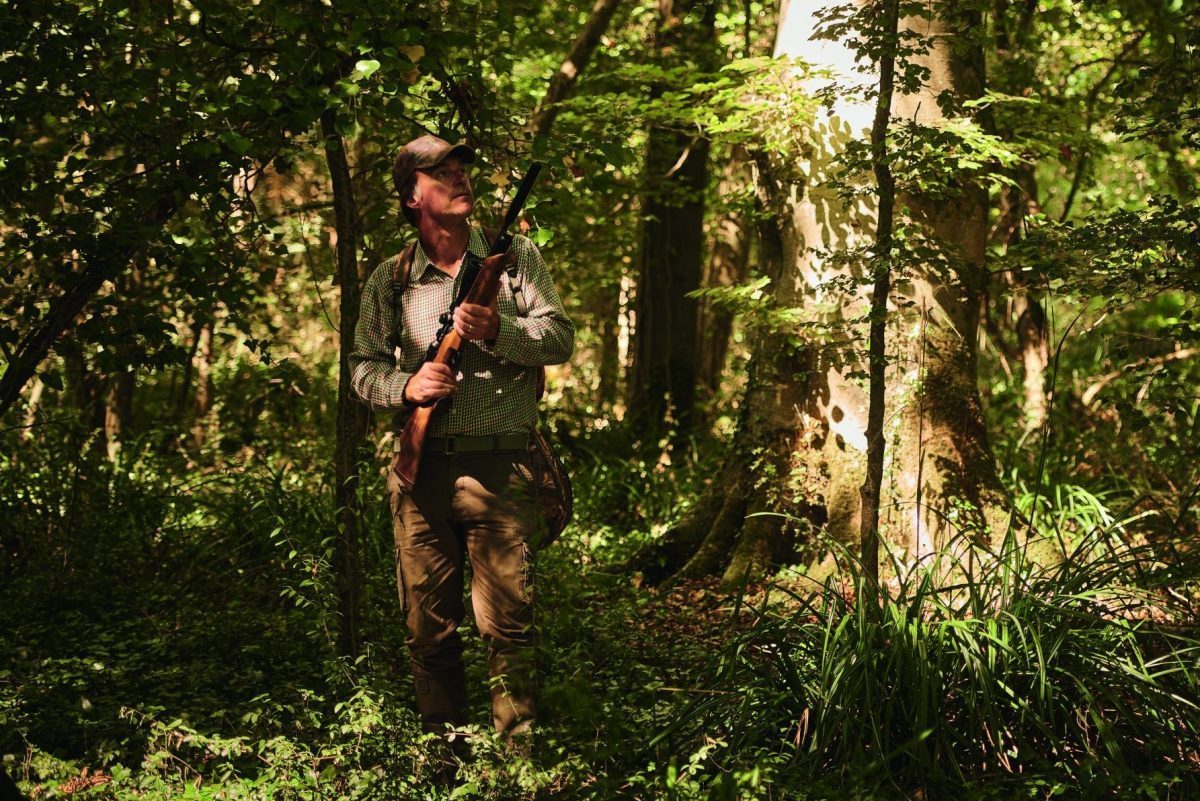
I am a great advocate of using feeding stations to achieve meaningful results when undertaking a grey squirrel cull. Offering a ready supply of peanuts or maize is usually a sure-fire way to lure the destructive rodents away from their leafy hiding places and out into the open — where I can get a clear aim at them with my airgun.
This method of tempting greedy squirrels out with food can often work right through the year, but there are times when my offerings go ignored. Unsurprisingly, if grey squirrels are going to lose interest in a feeding station, it is likely to be during late summer and into autumn when their natural food is most abundant.
A couple of weeks ago, grey squirrels suddenly became noticeable by their absence around the feeding stations in a small wood where I shoot. It happened quite suddenly and was first apparent during a stake-out when I saw not a single squirrel, whereas I would typically expect to bag three or four in a couple of hours.
The squirrels’ retreat was also evident in the state of my two feeders. Instead of being almost empty, as they usually are when I carry out my weekly top-up, they remained almost untouched following their rapid loss of appeal. The level of the peanuts had dropped a little, but the absence of discarded husks suggested that it was the work of birds and not the grey menace.
Grey squirrel cull: bark-stripping
This particular wood is managed purely for conservation and a couple of areas have been replanted, mostly with oak trees, over recent years. Understandably, the owner is desperate to keep bark-stripping grey squirrels at bay as they have caused extensive damage to several blocks of young trees that were planted two or three decades ago.
My focused efforts to bring the tree-wrecking rodents to book have been quite successful. Annual bags were initially more than 200 during the first year or two, but are now well under half that, which suggests that the grey squirrel cull is having an impact. However, grey squirrels have a talent for bouncing back as soon as you take the pressure off, so I was determined not to allow my hard work to be undone by their disappearance from my feeding stations.
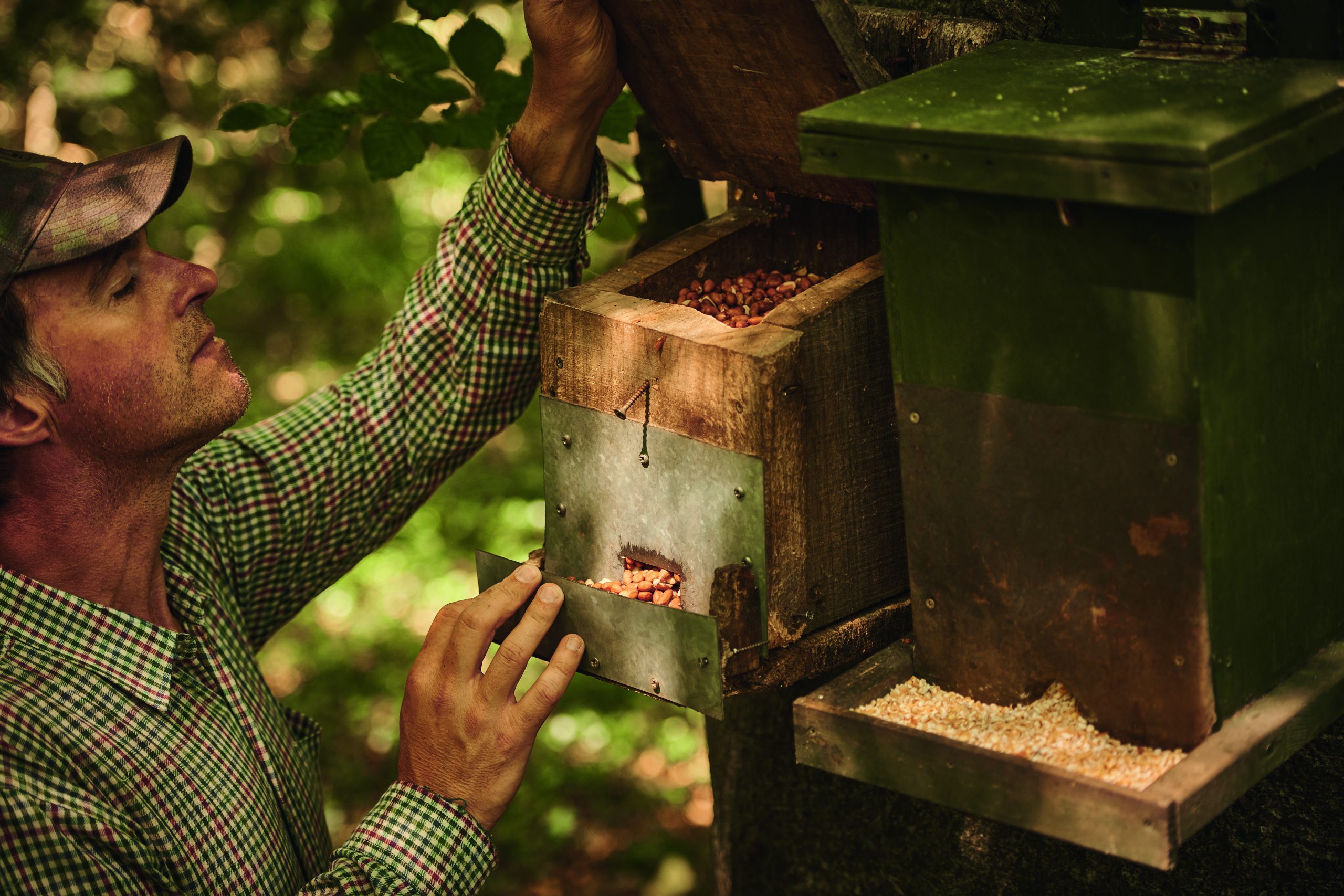
A lack of interest at the feeding stations suggests the grey squirrels have found a more appealing source of nutrition
Grey squirrel cull: heavy crop
To keep the grey squirrel cull on track, I was going to have to locate the squirrels’ preferred feeding grounds and I had a pretty good idea where they would be. The long spell of warm, dry weather that we had around the middle part of the summer caused the beechmast to ripen quite early in my locality and I was fairly confident that the bushy-tails were gorging on the heavy crop of nutritious kernels. Sure enough, the first stand of beeches that I visited showed clear signs of their presence.
Grey squirrels are messy feeders and, just as they had previously littered the ground around my feeding stations with the dry, flaky husks of peanuts, they were now scattering mast cases on the woodland floor beneath the beeches. Noting the scale of squirrel activity indicated by all those discarded shells, I decided to make a return visit with my airgun the following evening.
Sitting in a hide and shooting squirrels as they visit a feeding station makes for very straightforward shooting. You sit and wait until your quarry turns up and offers you a shot over a known distance, you take the shot and then wait until the process is repeated. Targeting these rodents up in the trees is harder, especially when dense summer foliage makes it difficult to spot them, and I was quite excited about the prospect of something more challenging.
I decided to travel light and, aside from my airgun and a few pellets, took only a small backpack, to which I fastened a beanbag seat. While a mobile approach can work, it can be even more fruitful to sit and wait if you find a promising spot — and at least I knew I would have a comfortable seat if I opted for the latter.
Arriving at the woods, I snapped a full magazine into my Weihrauch HW100 and wove my way through the trees as stealthily as I could. Even before I reached the beeches, I stopped every few paces to scan for squirrels, in case there were any out and about. As expected, the leaves made spotting tricky and all I saw was a solitary squirrel beating a hasty retreat through the treetops after clocking me long before I realised it was there.
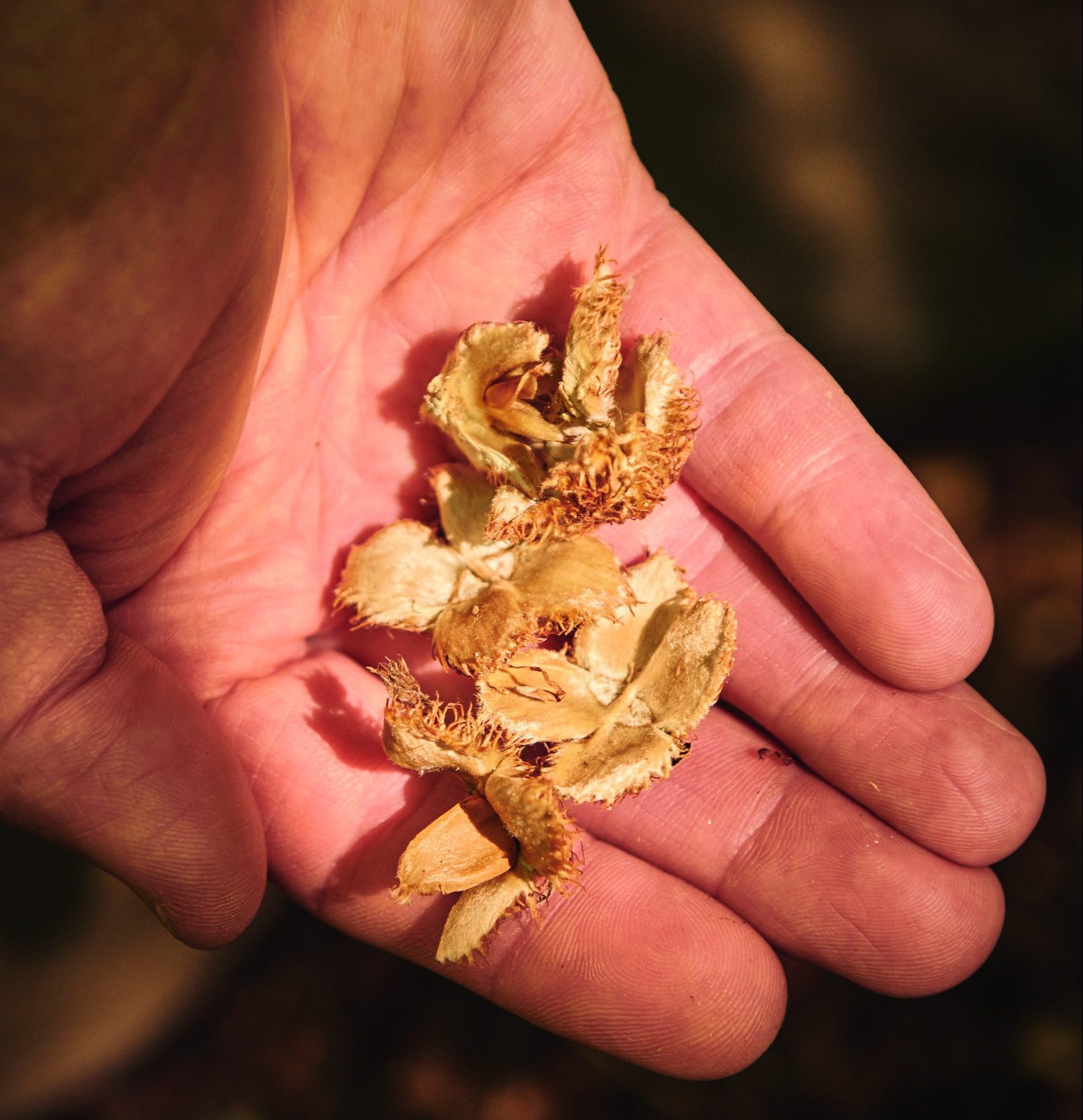
Squirrels are cashing in on the beechmast crop, leaving the woodland floor littered with husks
On reaching the main stand of beech trees, it was clearly apparent that shooting squirrels here was going to be harder than I had expected. Apart from the leaves making it tricky to see up into the trees, the carpet of discarded beech shells made a quiet passage virtually impossible as the brittle husks cracked and crunched under my feet.
After a few frustrating minutes of trying and failing to stalk stealthily from tree to tree, I decided to change my approach and switch to sit-and-wait tactics. Perched on my beanbag cushion and leaning back against a wide trunk, I had a reasonably good view up into three large beeches and immediately felt a lot more confident than I had when trying to hunt on the move.
I am very much of the opinion that nothing makes you more invisible than simply keeping still. The image of my silhouette breaking the shafts of sunlight carving between the trees was likely almost as evident to the squirrels as the noise of beechmast popping under my feet.
Nestled quietly against a tree, I was far less conspicuous and that was confirmed after less than 10 minutes when a squirrel scampered out on to a branch about 25 yards from me. It didn’t linger very long before clambering out to the extremity of the limb where it disappeared behind a haze of foliage as it plucked seeds from the tips of whippy twigs.
Although I couldn’t see the squirrel, I could tell exactly where it was by the trembling and bouncing of the leaves as it ventured further along the bendy limb. This went on for a minute or two before the sagging tip of the branch gradually straightened back up as the greedy rodent clambered back to a more secure footing.
Promising start
I shouldered the Weihrauch and tried to keep the squirrel framed in my sights as it trundled along the bough. After disappearing a couple of times between other branches and patches of leaves, the oblivious rodent stopped more or less exactly where I had first spotted it.
Hunched over and nibbling at the beechmast it had just plundered, the squirrel now offered a clear shot and I soon settled the crosshairs and felled it from its lofty perch with a solid smack to the head.
That promising start was followed by a very long wait. I never get bored while sitting in the woods and was enjoying watching a treecreeper hunting up and down an ancient trunk when a pattering sound caught my attention. The noise was a bit like heavy raindrops tapping on the leaf litter, only unusually irregular. It wasn’t raining, though, and the noise was caused by tumbling seed cases.
A squirrel was clearly tucking into the beechmast, but it took me a while to work out where it was. Starting from where the husks were hitting the woodland floor, I followed the intermittent cascade of debris up through the boughs as far as a thick clump of leaves. The culprit wasn’t visible until I peered through the scope and picked out the outline of its head in the shadows.
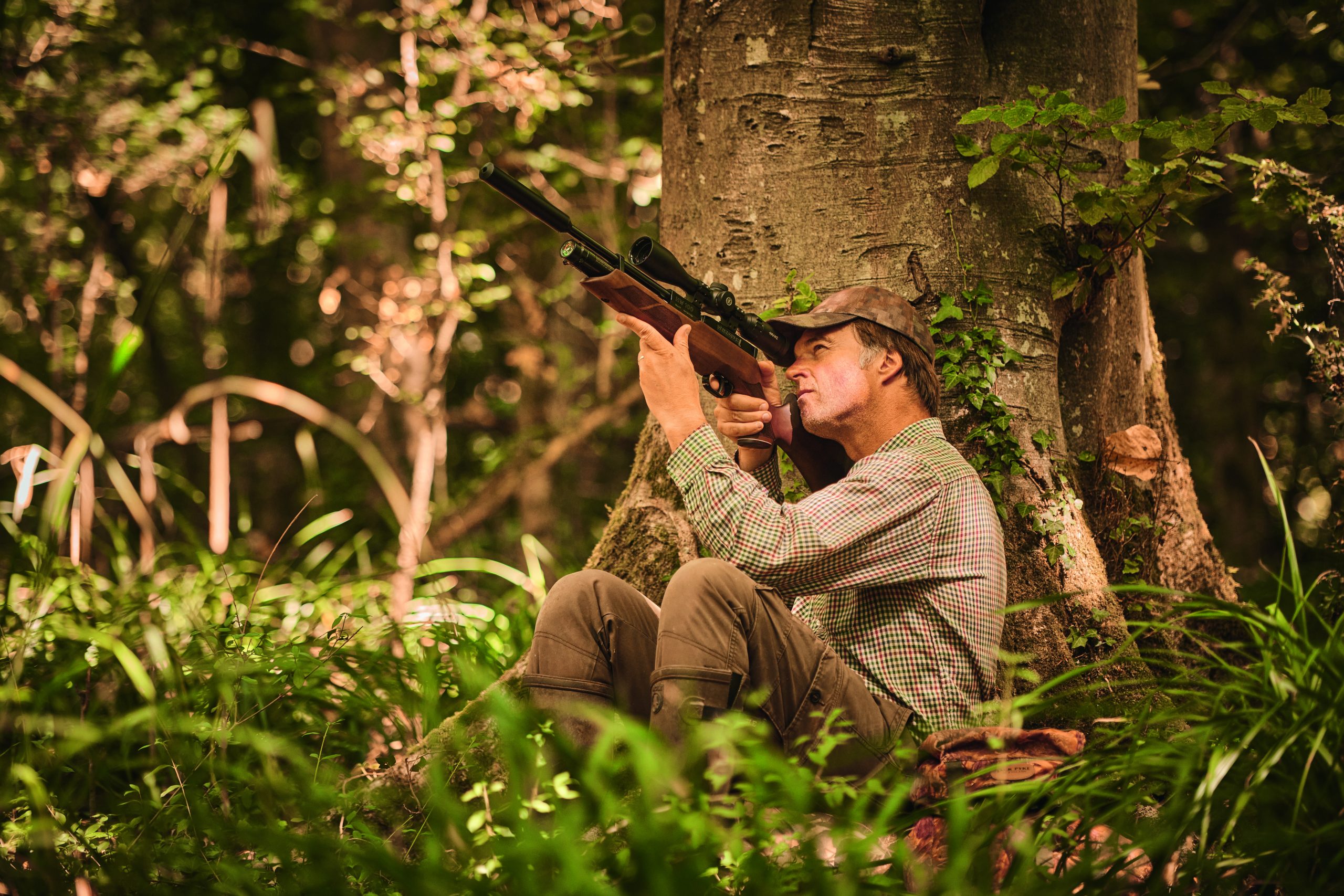
“I am very much of the opinion that nothing makes you more invisible than simply keeping still”
Crashing down
At around 30 yards and at quite a steep angle, this was a harder shot than the first one and much more difficult than the standard targets with which I am presented at my feeders. It was definitely on, though, and the tree trunk behind me provided welcome stability as I lined up for a shot that sent squirrel number two crashing down into the leaf litter.
I enjoyed another peaceful hour nestled at the base of that tree and even managed to account for one more squirrel. A bag of three is no great haul, but they all count and I reckon it was three more than I would have managed at my feeding station at a time when the bushy-tails were distracted by a rich harvest of beechmast.
Related articles
Shooting
Shotgun
Let’s bite the bullet
The ban on lead shot for all game shooting is moving apace so it’s time to find the best eco-friendly ammunition that suits you and your rifle
By Time Well Spent
Shotgun
Shotgun buying guides
Starting out? Make sure it fits
If you’re buying your first clay gun, the right fit takes precedence – not good looks, the brand your mate’s got or even price – warns Paul Austin
By Time Well Spent
Manage Consent
To provide the best experiences, we use technologies like cookies to store and/or access device information. Consenting to these technologies will allow us to process data such as browsing behavior or unique IDs on this site. Not consenting or withdrawing consent, may adversely affect certain features and functions.
Functional Always active
The technical storage or access is strictly necessary for the legitimate purpose of enabling the use of a specific service explicitly requested by the subscriber or user, or for the sole purpose of carrying out the transmission of a communication over an electronic communications network.
Preferences
The technical storage or access is necessary for the legitimate purpose of storing preferences that are not requested by the subscriber or user.
Statistics
The technical storage or access that is used exclusively for statistical purposes.
The technical storage or access that is used exclusively for anonymous statistical purposes. Without a subpoena, voluntary compliance on the part of your Internet Service Provider, or additional records from a third party, information stored or retrieved for this purpose alone cannot usually be used to identify you.
Marketing
The technical storage or access is required to create user profiles to send advertising, or to track the user on a website or across several websites for similar marketing purposes.


